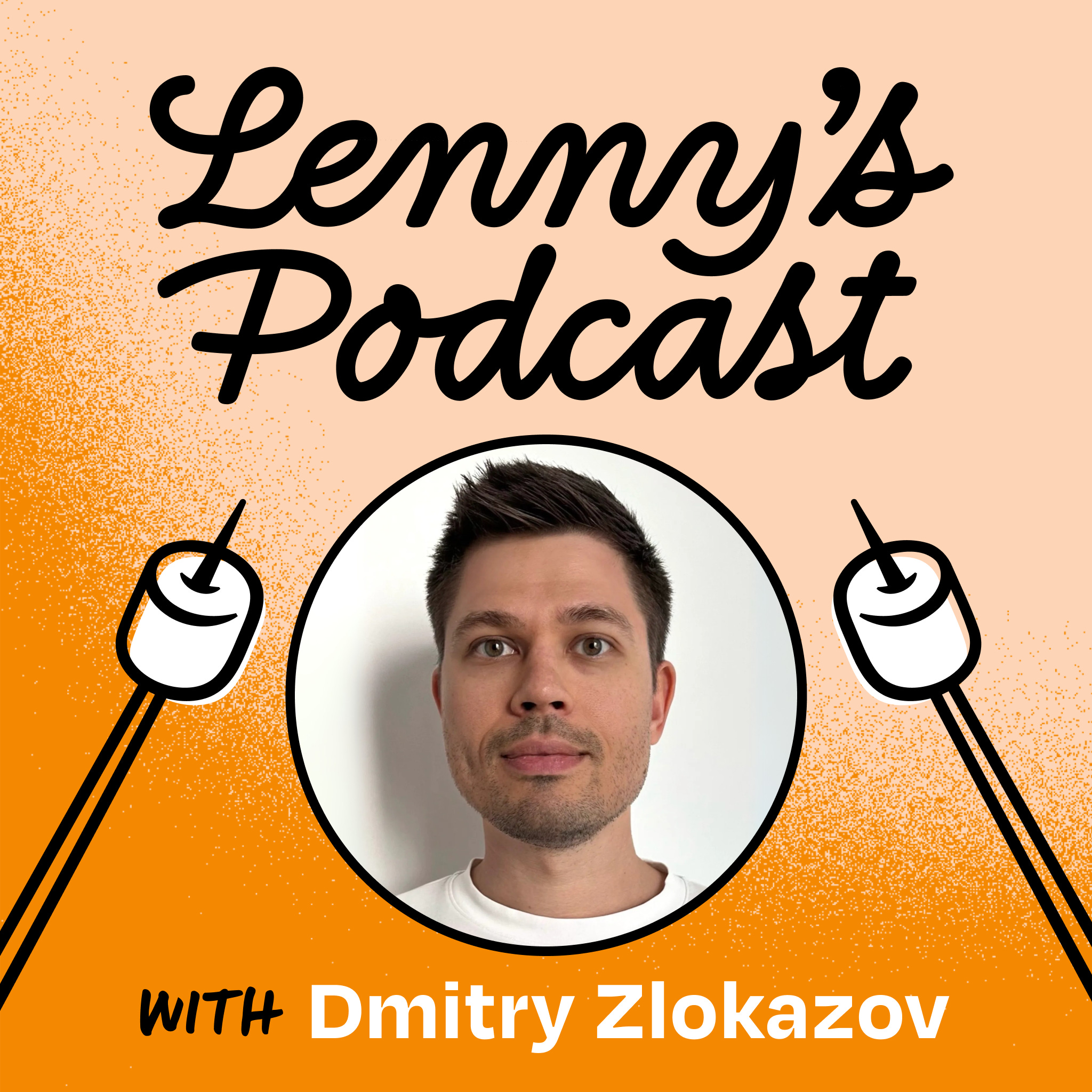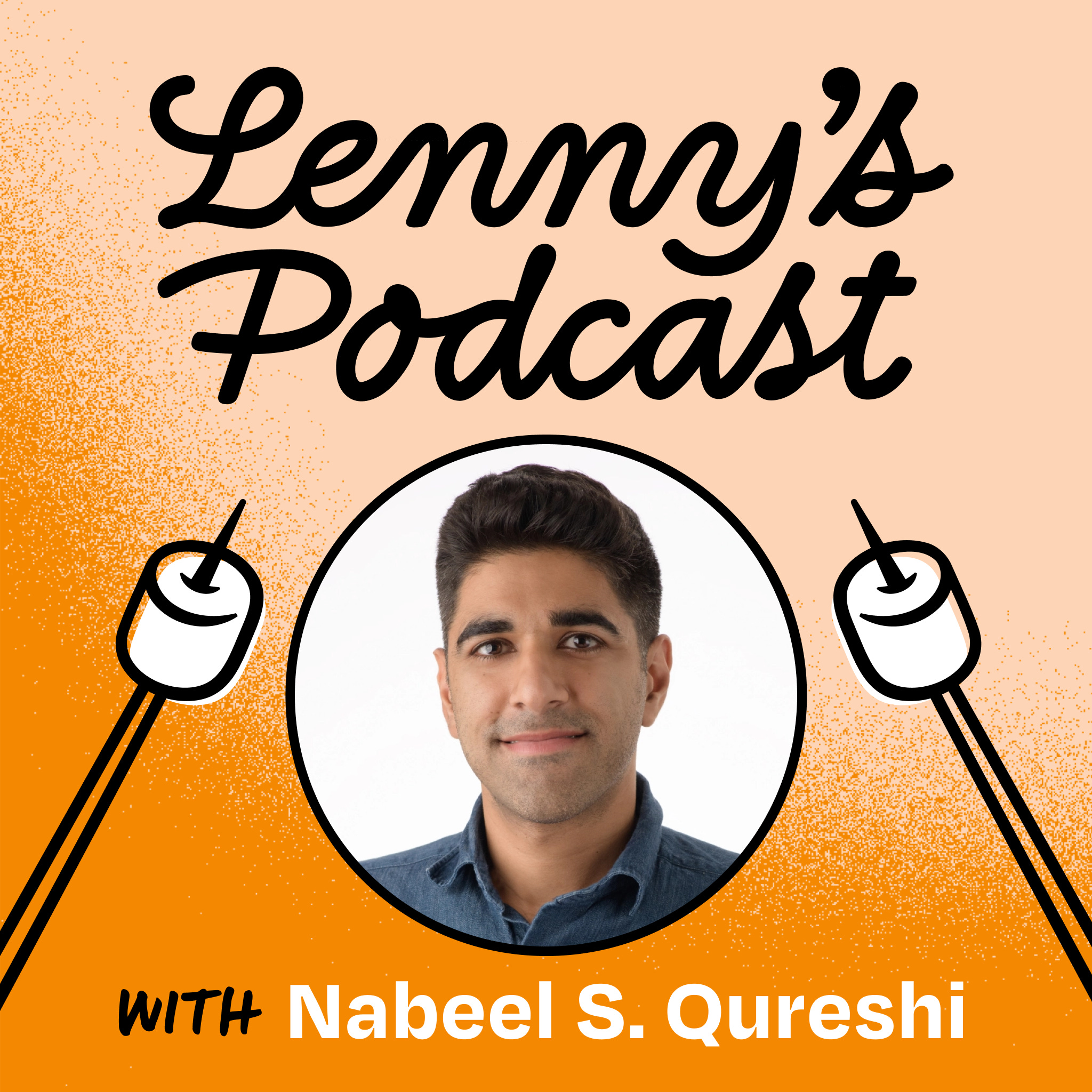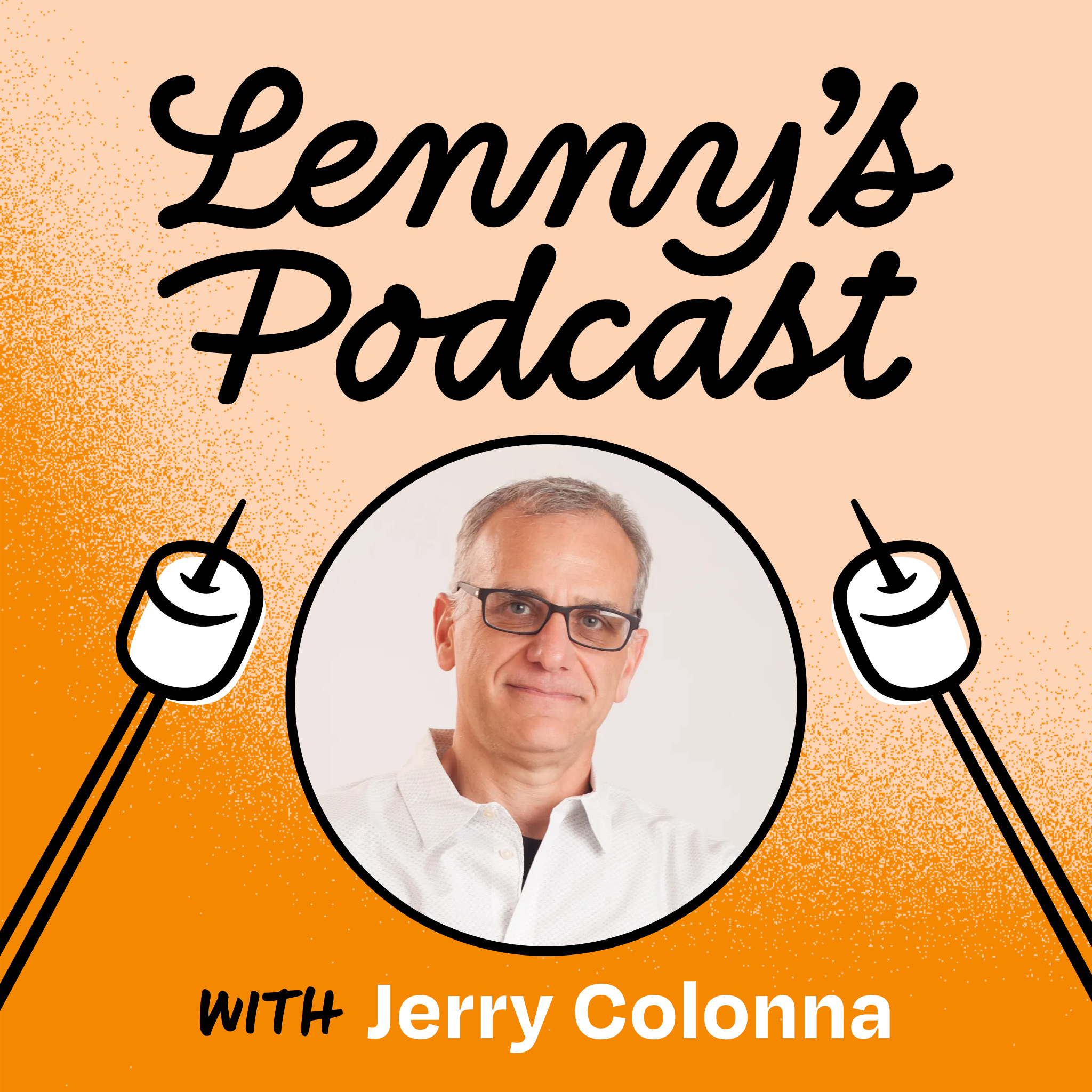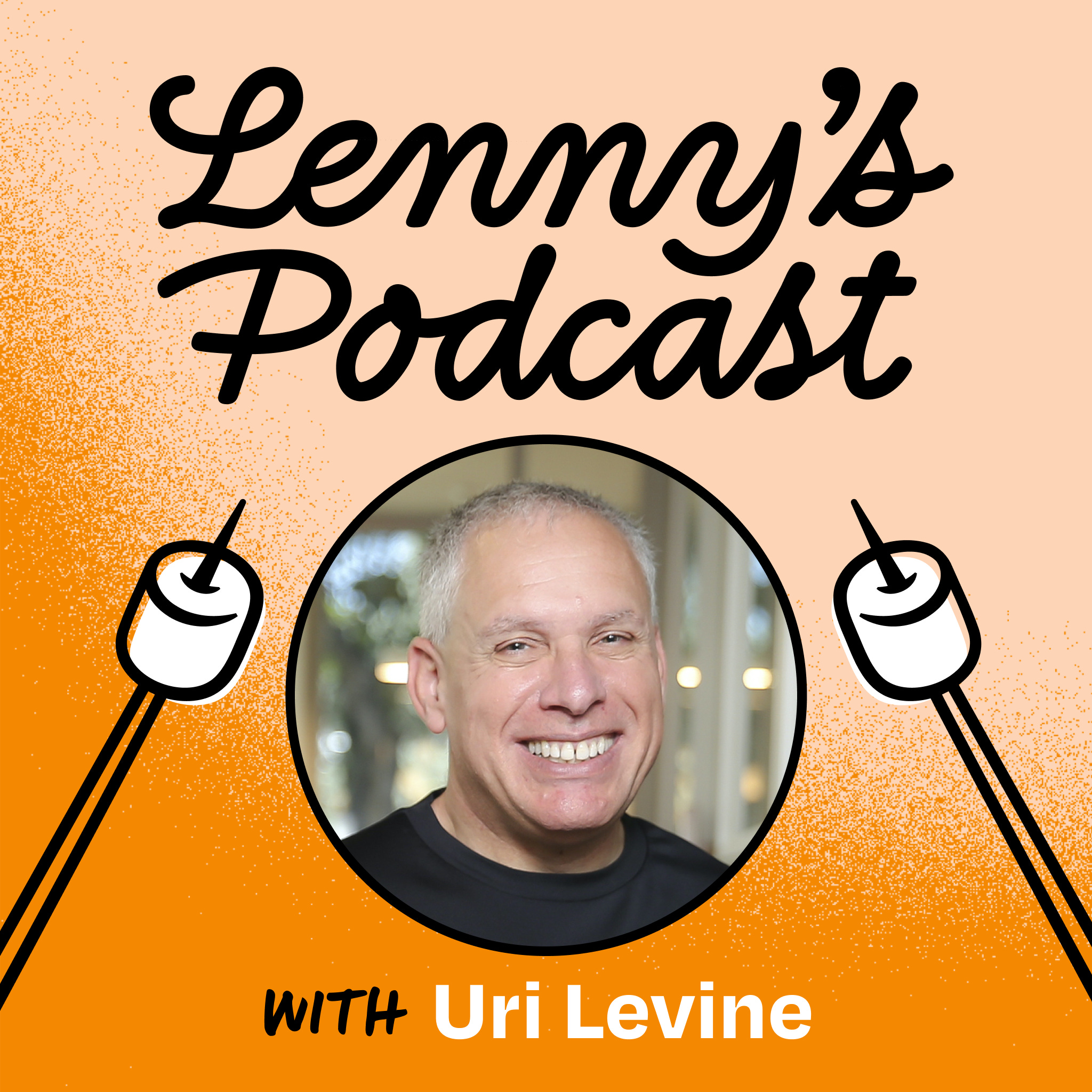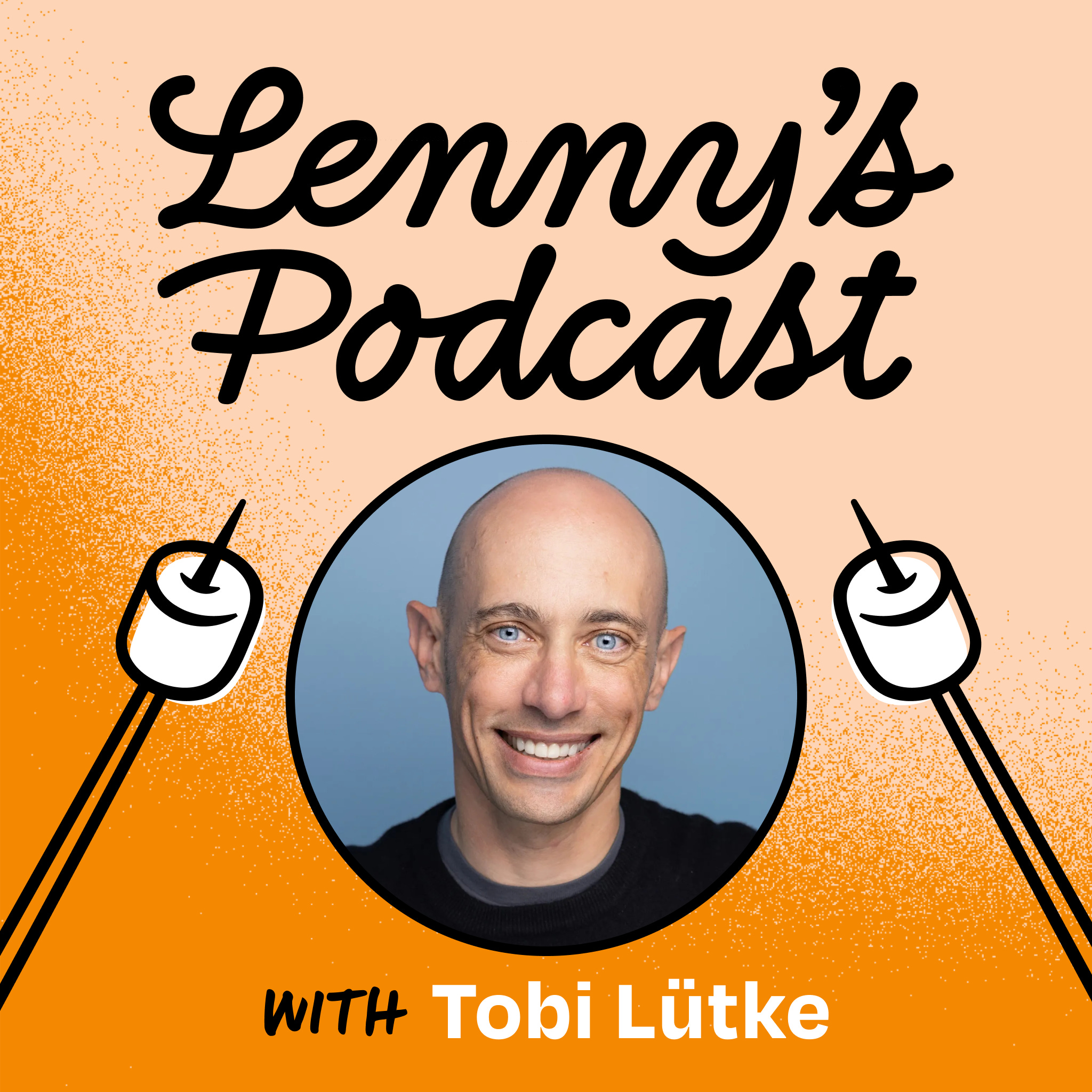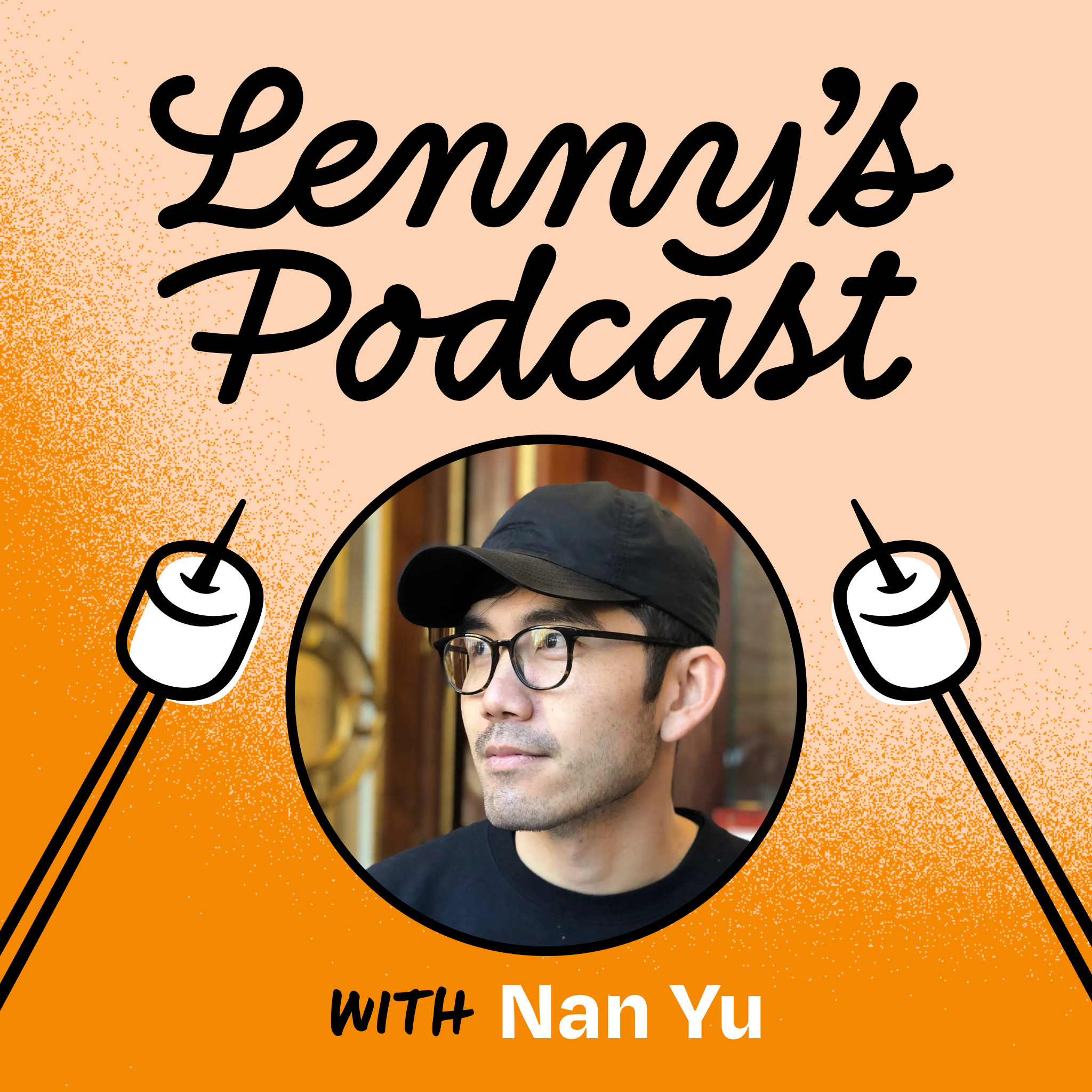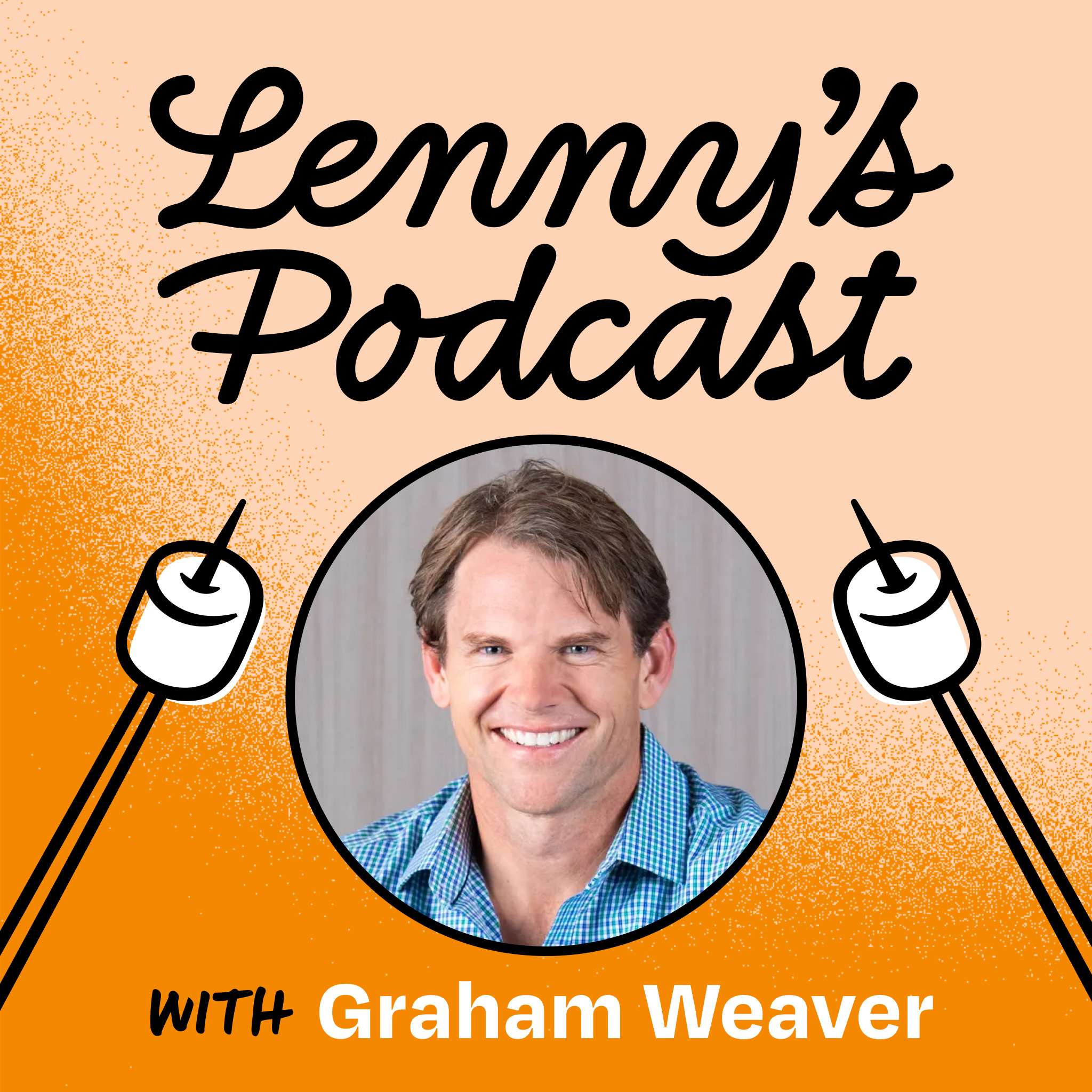
October 31, 2024 • 45min
4 questions Shreyas Doshi wishes he’d asked himself sooner | Former PM leader at Stripe, Twitter, Google
Lenny's Podcast: Product | Growth | Career
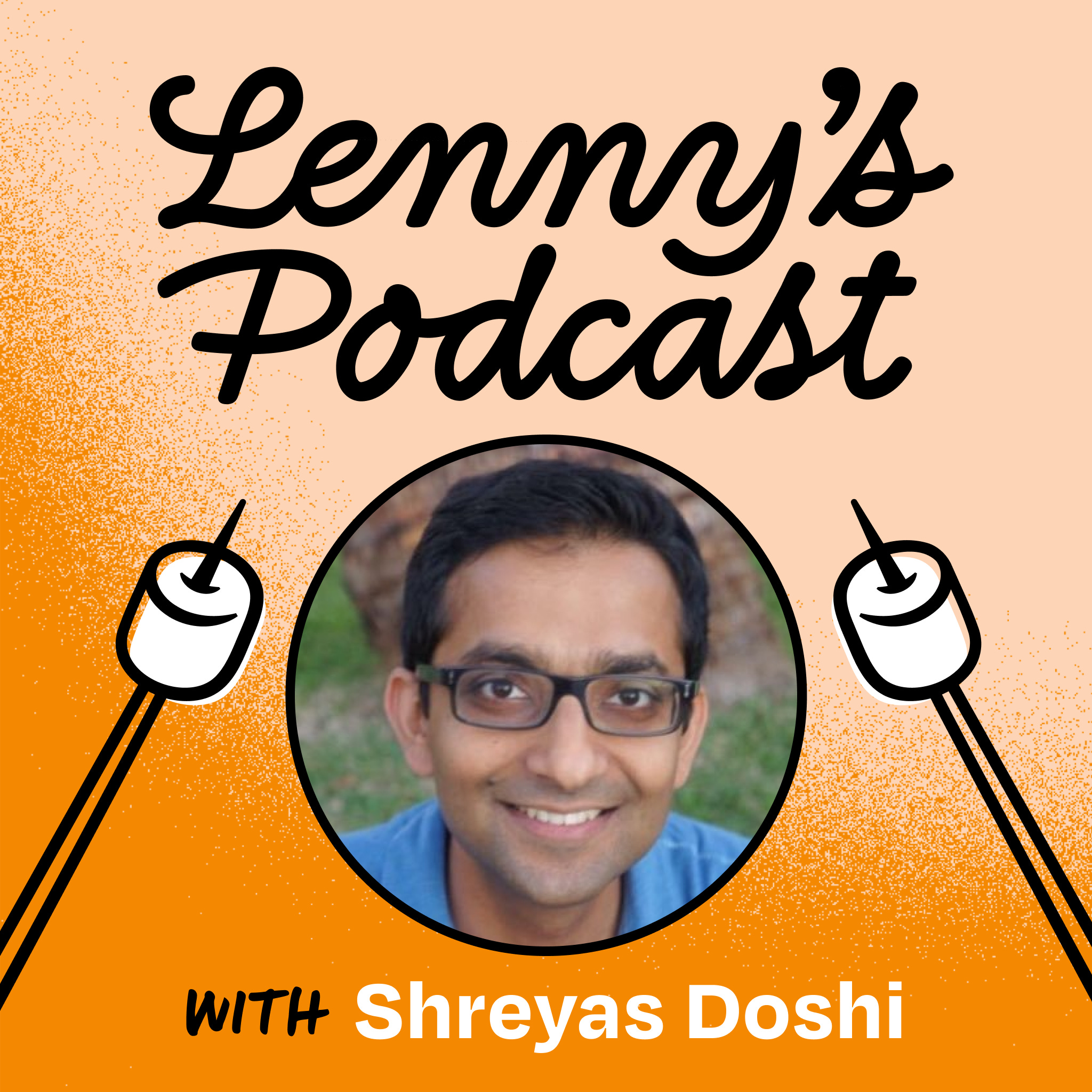
Key Takeaways
- Being "too busy" as a product leader often stems from poor product decisions and taking on too much scope, not just lack of productivity techniques
- Annual planning can be dramatically simplified by having a clear product strategy upfront rather than spending 4-6 weeks on detailed planning exercises
- Good taste in product leadership means being able to identify what's truly valuable before seeing results, not just following popular frameworks or metaphors
- Job frustration often comes from operating outside your natural strengths and preferred working style for too long
- Deep listening is a critical and often misunderstood leadership skill that goes beyond just active listening techniques
Introduction
This episode features Shreyas Doshi, former product leader at Stripe, Twitter, Google and Yahoo, in a live recording at the first Lenny and Friends Summit in San Francisco. Shreyas shares four key questions he wishes he had asked himself earlier in his product leadership career, along with insights from his 20 years of product experience.
Topics Discussed
Why Am I So Busy? (05:35)
Shreyas spent about 16-17 years of his 20-year product career feeling constantly overwhelmed and stressed due to being extremely busy. While he was familiar with various productivity techniques and frameworks, he realized the core issue was something else.
- Scope creep becomes an immovable force as product leaders advance in their careers
- No amount of efficiency tools or prioritization frameworks can fully address the fundamental issue of too much scope
- Health impact: The constant stress manifested in physical symptoms and health issues
Annual Planning Example (10:08)
Shreyas uses annual planning as an example of how product leaders often create unnecessary work for themselves.
- Traditional approach: 4-6 weeks spent on spreadsheets, meetings, and detailed planning
- "Plans are useless, but planning is everything" is often quoted but misunderstood
- Better approach: With a clear product strategy, planning can be done in just 3 days
- Most plans get derailed by Q1 anyway due to customer escalations and changing priorities
Making Better Product Decisions (16:48)
Poor product decisions contribute significantly to being overwhelmed with work.
- Two-way door fallacy: Many decisions treated as reversible actually create long-term commitments
- Teams often make decisions without thoroughly considering:
- Customer motivation
- Differentiation
- Distribution approach
- Feature debt accumulation: Poor initial decisions lead to ongoing maintenance and enhancement requirements
Developing Good Taste (25:20)
Shreyas challenges the common understanding of what "good taste" means in product leadership.
- Beyond aesthetics: Good taste extends to how leaders:
- Choose what to believe
- Decide who to learn from
- Evaluate ideas independently of social proof
- "It requires zero taste to recognize success after it's obvious" - the key is recognizing potential before results
- Common pitfalls:
- Getting excited by catchy metaphors
- Being impressed by alliterations (e.g., "fail fast")
- Overvaluing complicated charts and mathematics
Job Frustration (38:09)
Shreyas explores why product leadership roles often feel frustrating despite being rewarding overall.
- Three levels of product work:
- Impact level
- Execution level
- Optics level
- Frustration often comes from operating too long at levels that don't align with personal strengths
- Career advice: Choose roles based on your natural operating level rather than traditional career progression expectations
The Art of Listening (43:29)
The final question addresses the often-misunderstood skill of truly listening as a leader.
- Beyond active listening: There's a deeper level of listening that enables world-class leadership
- Resources for learning: Study how Rick Rubin, Dee Hock, and Peter Drucker approach listening
- Most leaders overestimate their listening abilities by focusing on surface-level techniques
Conclusion
The episode provides valuable insights for product leaders looking to improve their effectiveness and satisfaction in their roles. The key message is that many common challenges in product leadership stem from deeper issues than just time management or technical skills. Success comes from honest self-reflection, understanding your natural strengths, and making intentional choices about how you operate rather than following conventional wisdom or career paths.
